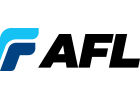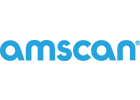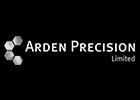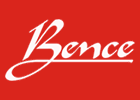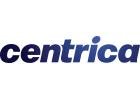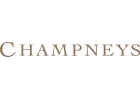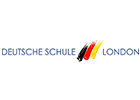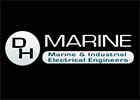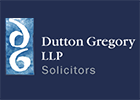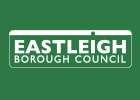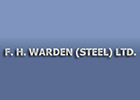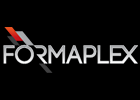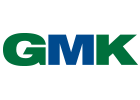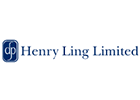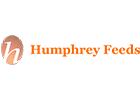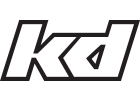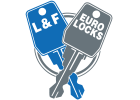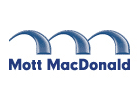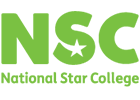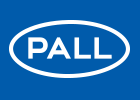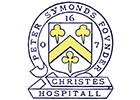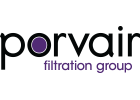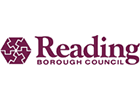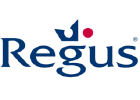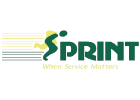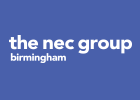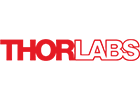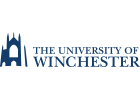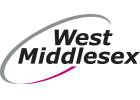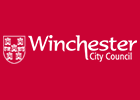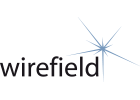Manufacturers & Suppliers of Energy Efficient Lighting
- Telephone: +44 (0) 1962 600 136
- Email:

-

 Request Price List
Request Price List
Energy Efficient Lighting
- Which Light Technology To Choose
- Induction Lamps & Ballasts Quality
- Induction Luminaire Compliance
- LED Luminaire Quality
- LED Luminaire Compliance
- Lighting Terminology
- A Brief History Of Lighting
Past & Present Clients
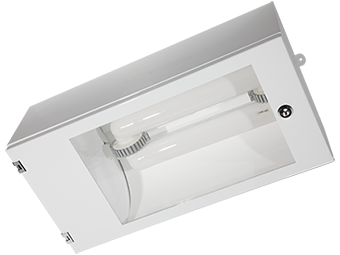
Induction Luminaire Compliance
Induction lights are similar to fluorescent lights in that they use gasses, which once ‘excited’ react with the tri-phosphor that coats the tubes and thus produces white light. Unlike fluorescent tubes they don’t use electrodes but instead use the transmission of energy by way of magnetic field (principle of induction).
As magnetic fields are generated, it is particularly important that induction lights are compliant with the EU Electromagnetic Compatibility (EMC) requirements to reduce potential interference to third party equipment.
To meet EMC requirements all components of the induction light assembly need to be tested i.e. lamp, ballast, reflector and housing.
LSLCo are proud to confirm that all our induction light components have been independently tested by a UKAS accredited agent in the UK and have passed the Electromagnetic Compatibility (EMC) and comply to EN55015: 2006 inc. A1 & EN61547: 1995 inc. A1.
Our photometric data is performed in the UK and available upon request.

